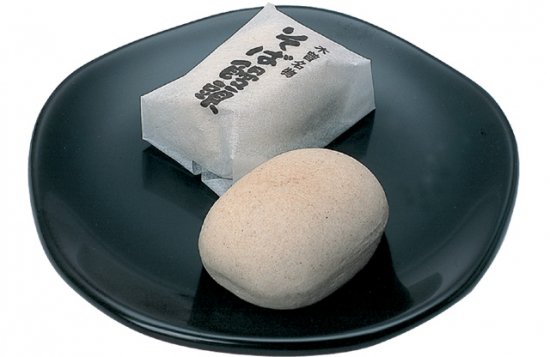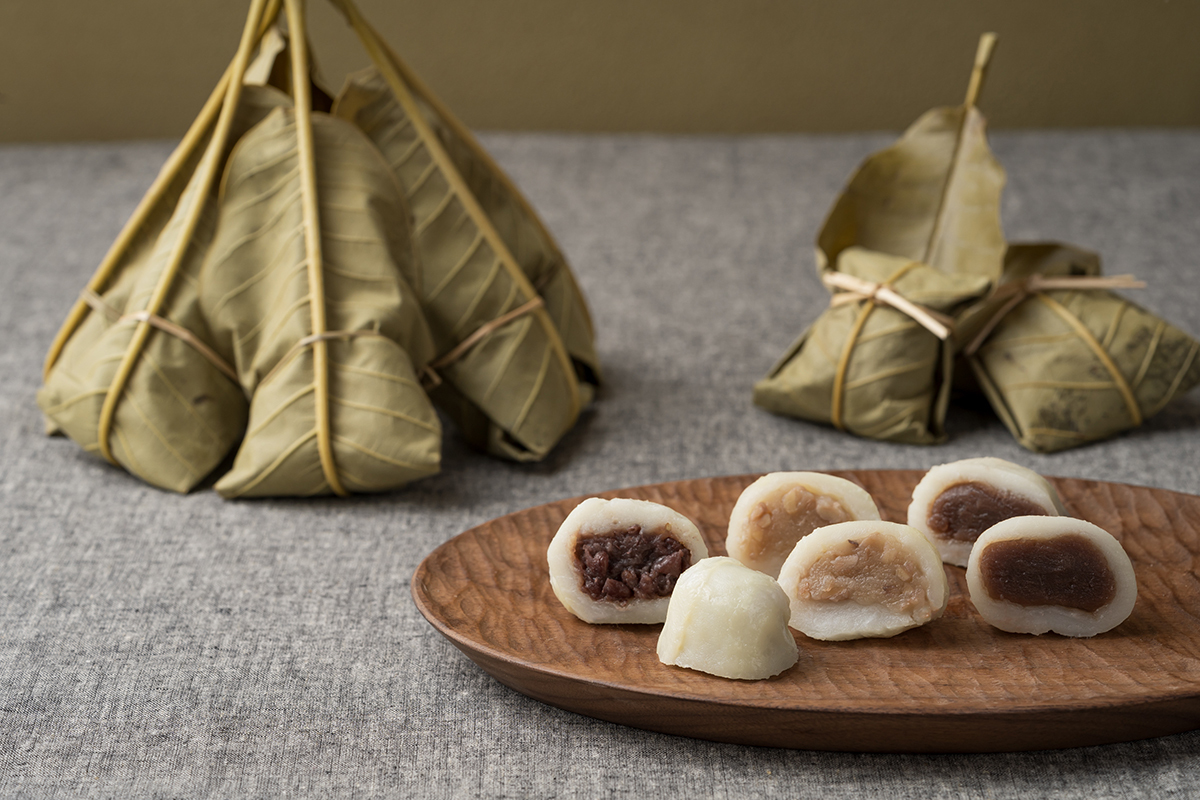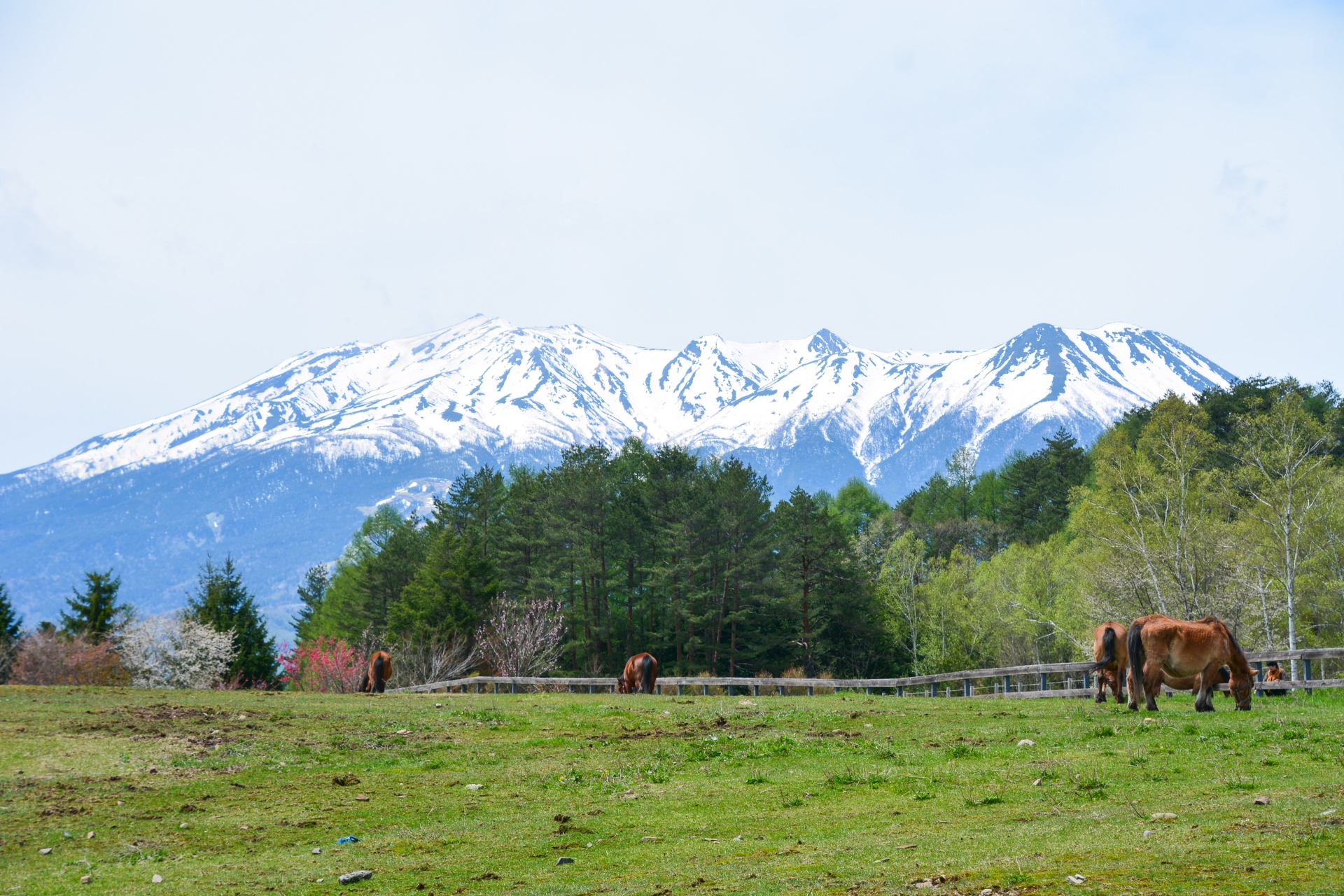Updated: 2023/2/25
Speaking of Kiso.
The Kiso region of Nagano Prefecture is famous for Mount Ontake. At 3,067 meters, it is the second highest mountain in Japan, and is sung in Kiso-bushi, “It’s cold even in summer.” As a mountain of mountain worship, people of Ontake-ko in white coats still climb the mountain with sticks in one hand every summer.
By the way, in the Kaida Kogen at the foot of Mt. Ontake, the temperature difference between day and night is large, and fog often occurs. Taking advantage of this climate and the soil of volcanic ash, it is famous for producing high-quality soba with a strong aroma.
Soba manju, a rustic confectionery that makes the most of Kiso’s specialty, soba

Soba manju is a representative sweet of Kiso that makes full use of the flavor of soba. The thin skin, which is kneaded by hand using buckwheat flour, and the light red bean paste are the perfect match. The slightly refined scent of soba wraps around the bean paste. 10 pieces are sold for 1,250 yen (as of February 2023) at the sweets shop Taguchi, which has a shop along the Kiso River for a long time.
There is also buckwheat castella as a sweet using buckwheat. It is said that buckwheat leaves have been eaten in Kiso since long ago. The castella baked with buckwheat leaves and buckwheat is also a fun sweet with a slight soba flavor.
Not only soba, sweets that make use of the blessings of Kiso

Hoba-maki is another specialty. Hoba means the leaves of the magnolia tree. Hoba miso, which is famous in Gifu Takayama, is made by putting miso and vegetables on this leaf and grilling it. It has very large leaves, with 5 to 6 leaves attached to the tip of one branch. Hoba-maki is a mochi sweet made by wrapping bean paste in mochi and wrapping it in the young leaves of this Hoba, then steaming it. It may be easier to understand if you imagine magnolia leaves instead of kashiwa leaves of Kashiwa-mochi. A celebratory sweet with the pleasant scent of magnolia leaves.
All of the sweets have a short shelf life: soba manju has a shelf life of 4 days, castella cake has a shelf life of 10 days, and Hoba-maki, which is a seasonal product that is only sold from mid-May to late July, has a shelf life of 3 days. If you have the opportunity to travel to the Kiso region, please try them.
